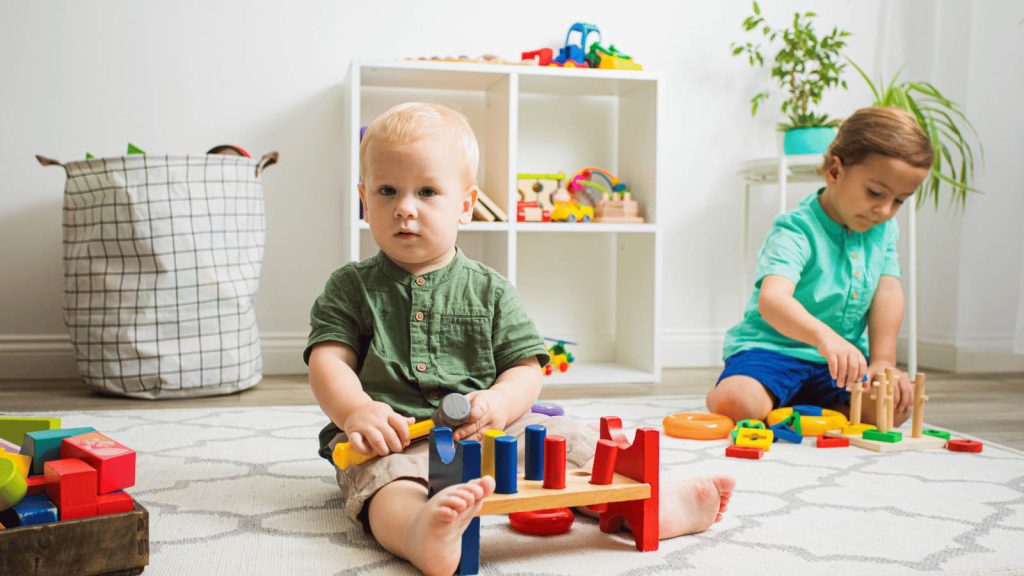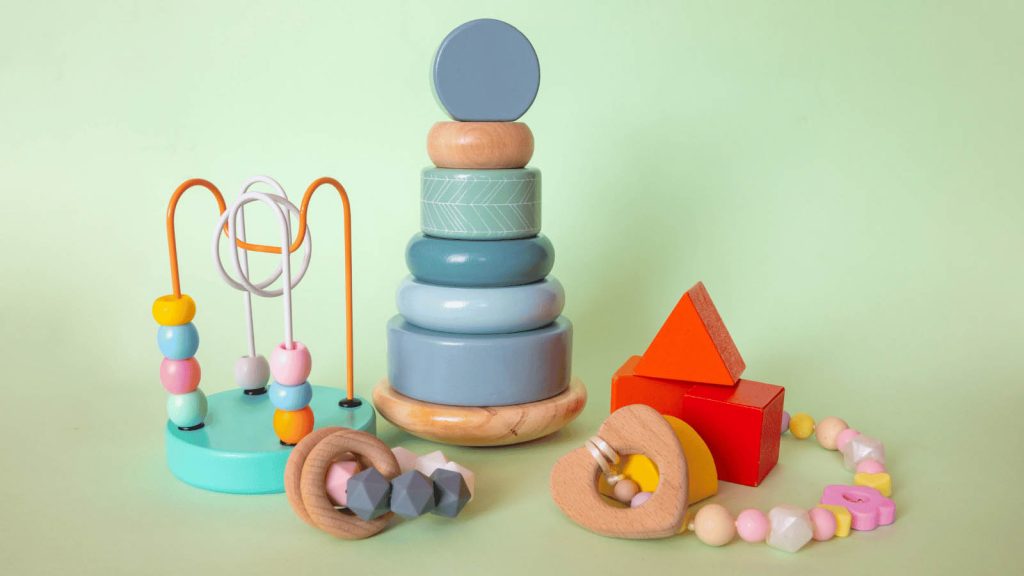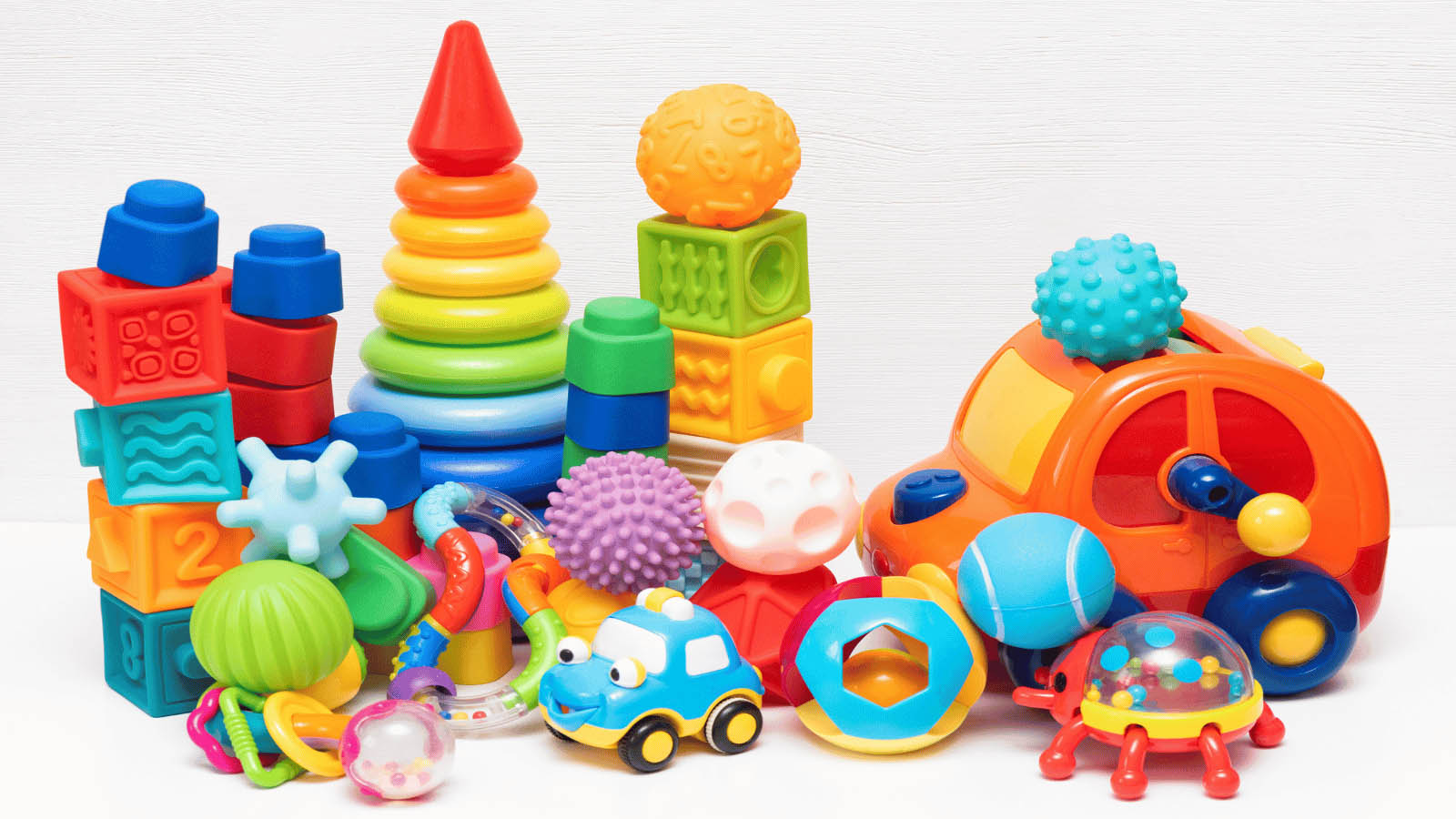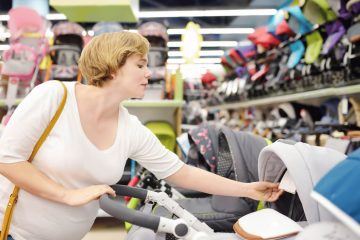Welcome to the ultimate guide on choosing age-appropriate safe toys for your baby. As a parent, ensuring your child’s safety and providing enriching play experiences are paramount. This guide will equip you with valuable insights and tips to navigate the vast array of toys available in the market, helping you make informed decisions that promote your baby’s development and well-being.
Finding the perfect toy for your little one can be full of joy, but it also comes with a crucial responsibility. When selecting toys for babies aged 0-24 months, safety and developmental appropriateness are paramount. This age is a time of rapid growth and learning, and suitable toys can significantly contribute to your baby’s physical, cognitive, and sensory development.
Understanding Your Baby's Developmental Needs
Babies undergo rapid growth and development during their early years, and their play experiences play a crucial role in nurturing various skills. Understanding your baby’s developmental milestones is essential for selecting toys that align with their cognitive, physical, and emotional needs.
From birth to 3 months, babies begin to explore the world through their senses. Opt for toys with contrasting colors, soft textures, and gentle sounds to stimulate their sensory development.
During the 4 to 6-month stage, babies start to grasp objects and engage in more purposeful play. Choose safe toys that are easy to learn, such as rattles and textured balls, to encourage their fine motor skills.
As babies reach 7 to 12 months, they become more mobile and curious. Select toys that promote exploration and problem-solving, such as shape sorters, stacking rings, and push toys, to support their cognitive and physical development.
Safety First: Tips for Choosing Safe Toys For Your Baby
Ensuring the safety of toys is paramount to prevent accidents and injuries. When selecting safe toys for your baby, consider the following safety guidelines:
Age Appropriateness: Choose safe toys that are suitable for your baby’s age and developmental stage. Avoid toys with small parts that could pose choking hazards.
Material Quality: Opt for toys made from non-toxic materials and free from harmful chemicals such as lead and phthalates. Inspect toys regularly for any signs of wear and tear.
Sturdy Construction: Select toys that are well-made and durable to withstand rough play. Avoid toys with sharp edges or loose parts that could cause cuts or injuries.
Avoiding Small Parts: Ensure that toys do not have detachable small parts that can be swallowed or inhaled by your baby.
To ensure the safety of toys, look for these criteria:
- Well-made (no sharp edges, splinters, or weak seams)
- Non-toxic materials (no lead-based paint or harmful chemicals)
- No loose parts (small parts should not come off quickly)
- Easy to clean (preferably dishwasher safe or machine washable)

Age-Appropriate Safe Toys Recommendations
For 0-6 Months Old Babies Safe Toys:
- Soft toys with varied textures to stimulate touch.
- High-contrast, black-and-white toys for visual stimulation.
- Rattles and squeeze toys that make gentle, soothing sounds.
- Unbreakable mirrors since babies this age love to look at faces.
For 6-12 Months Old Babies Safe Toys:
- Teething toys are made from safe silicone to soothe gums.
- Balls made of soft material to encourage grasping and rolling.
- Simple musical instruments like drums or maracas to develop an understanding
of cause and effect.
For 12-18 Months Old Babies Safe Toys:
- Push and pull toys, which help with balance and coordination.
- Building blocks to improve motor skills and hand-eye coordination.
- Board books with simple illustrations or photographs and durable pages.
For 18-24 Months Old Babies Safe Toys:
- Shape sorters to enhance problem-solving skills.
- Simple puzzles with large pieces for matching and fine motor skills.
Role-play toys like pretend phones or dolls as toddlers begin to engage in imaginative play.

Engaging and Educational Safe Toys for Babies
Choosing toys that are both entertaining and educational can enhance your baby’s learning and development. Here are some recommendations:
Activity Gyms: Activity gyms with hanging toys, mirrors, and textured mats provide sensory stimulation and encourage tummy time, promoting motor skills and visual tracking.
Musical Toys: Musical instruments such as toy pianos, drums, and xylophones introduce babies to different sounds and rhythms, fostering auditory development and creativity.
Board Books: Colorful board books with simple illustrations and textures engage babies’ senses and promote early literacy skills such as object recognition and vocabulary building.
Building Blocks: Soft building blocks or large wooden blocks help babies develop hand-eye coordination, spatial awareness, and problem-solving skills as they stack and knock down structures.
Frequently Asked Questions (FAQs )
Can I give my newborn toys to play with?
Newborn babies are primarily stimulated by their senses, so toys with contrasting colors, gentle sounds, and different textures can be introduced during supervised playtime.
How can I ensure the toys I choose are safe for my baby?
Always check the recommended age range and inspect toys for small parts, sharp edges, and choking hazards. Choose toys made from non-toxic materials and adhere to safety standards.
Are electronic toys suitable for babies?
While some electronic toys may offer interactive features, opt for toys that promote hands-on exploration and sensory experiences to support your baby’s development.
How often should I rotate my baby’s toys?
Rotating toys every few weeks can help keep playtime engaging and stimulating for your baby. Introduce new toys gradually to maintain their interest and curiosity.
Are gender-specific toys necessary for babies?
Babies benefit from a diverse range of toys that encourage exploration and imagination, regardless of gender stereotypes. Focus on selecting toys that align with your baby’s interests and developmental needs.
Can toys help with my baby’s language development?
Yes, toys such as board books, puppets, and musical instruments can stimulate language development by introducing new words, sounds, and concepts through interactive play.
Conclusion:
Choosing age-appropriate safe toys for your baby is an essential aspect of parenting. By considering your baby’s developmental needs, prioritizing safety, and selecting engaging and educational toys, you can create enriching play experiences that promote growth and learning.

Lucky, a dedicated professional in the field of baby safety, brings expert advice and guidance as a seasoned consultant. With a passion for ensuring the utmost security for little ones, Lucky’s insights and recommendations are invaluable resources for parents seeking peace of mind.




